Complete guide to alocasia care
With its impressive foliage, an alocasia can add instant drama to your home without the effort.
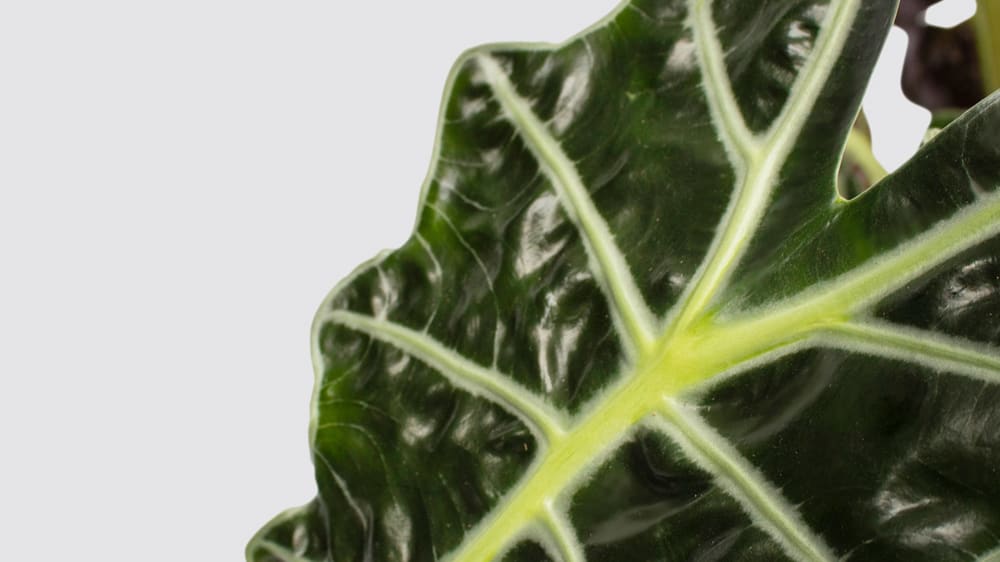
Alocasia plants, also known as African mask plants, are tropical perennials that are characterised by large, heart-shaped leaves with pointed tips. Native to tropical and sub-tropical regions of Asia and Australia, these plants are popular for their exotic appearance and ease of care. Alocasia plants can make a great addition to any indoor or outdoor space, and with proper care they can live for many years. Look after them by:
- Choosing a spot with bright, indirect light
- Watering lightly when the top two inches of soil feel dry
- Keeping them warm - they won't enjoy temperatures below 15°C
About alocasia plants
Originally from the rainforests of South-East Asia, the foliage acts as makeshift umbrellas in tropical downpours. It blew up as a house plant in the 1950s, and still has that nostalgic, vintage vibe. There are lots of different types of alocasias, but our family includes Charlie the alocasia amazonica, Henry the alocasia wentii and Zabrina the alocasia zebrina.
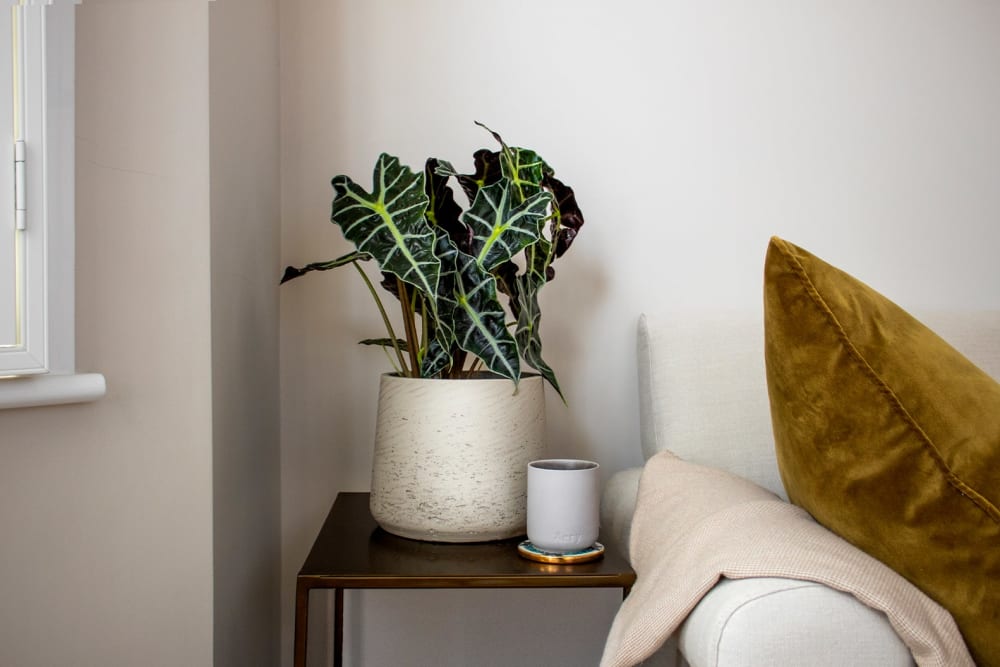
How often should I water my alocasia?
Alocasia plants like evenly moist soil, but they do not like to sit in water. To avoid root rot, allow the top two inches of soil to dry out before watering. Water your alocasia plant until the water runs out of the bottom of the pot. In the summer, your alocasia may need to be watered more frequently.
How much light does my alocasia need?
Alocasia plants prefer bright, indirect light. If the leaves of your alocasia are drooping, it may need more light. Move your plant to a spot with more light and make sure to rotate it to ensure even light exposure. If your alocasia is not getting enough light, it will also have fewer leaves.
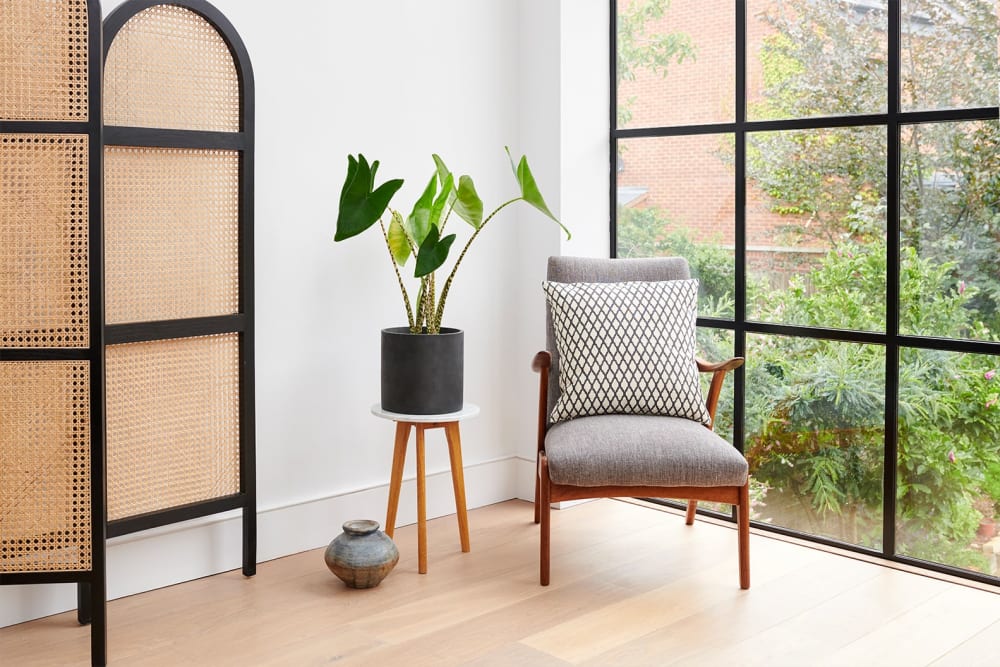
What's the best temperature for my alocasia?
Alocasia plants prefer temperatures between 15-27°C. In winter, keep the temperature above 15°C and avoid cold draughts.
Does my alocasia need a humid environment?
Alocasia plants thrive in high humidity, so misting the leaves regularly or setting the pot on a tray of pebbles filled with water can help increase the humidity. Alternatively, pop yours in a bright kitchen or bathroom as they're naturally humid spots.
Should I fertilise my alocasia?
Fertilise your alocasia every two to four weeks during the growing season (spring and summer) with a balanced liquid fertiliser diluted to half strength. During the winter months, you don't need to worry about fertilising.

Do I need to prune my alocasia?
Alocasia plants should be pruned regularly to encourage new growth and keep them looking their best. Prune off any dead or damaged leaves and stems.
Alocasia plants are a unique and beautiful addition to any indoor or outdoor space. With careful watering, light, temperature, humidity, fertilising and pruning, your alocasia can thrive and last for many years.
Rewild your inbox
Plant tips. Special offers. No spam.
You might like
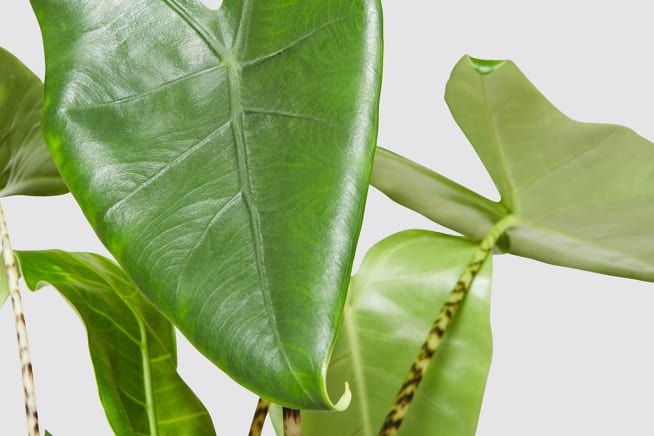
Complete guide to elephant ear plant care
Top tips you'll never forget
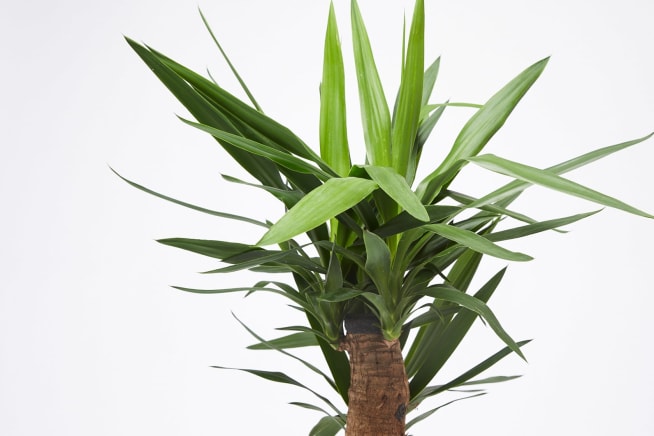
Complete guide to yucca care
Get to grips with this light-lover
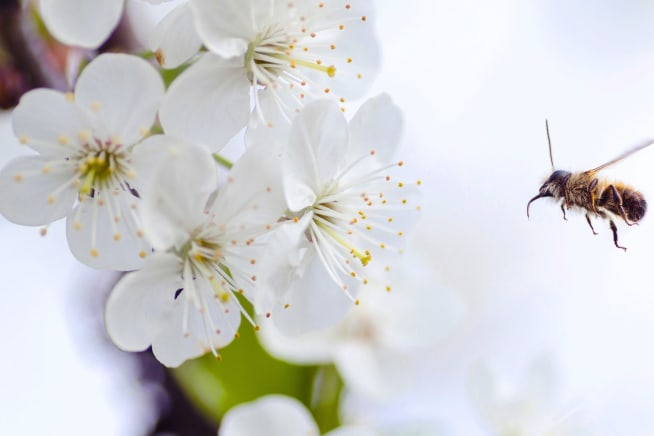
Make your outdoor space bee-friendly
Save the bees, save the world